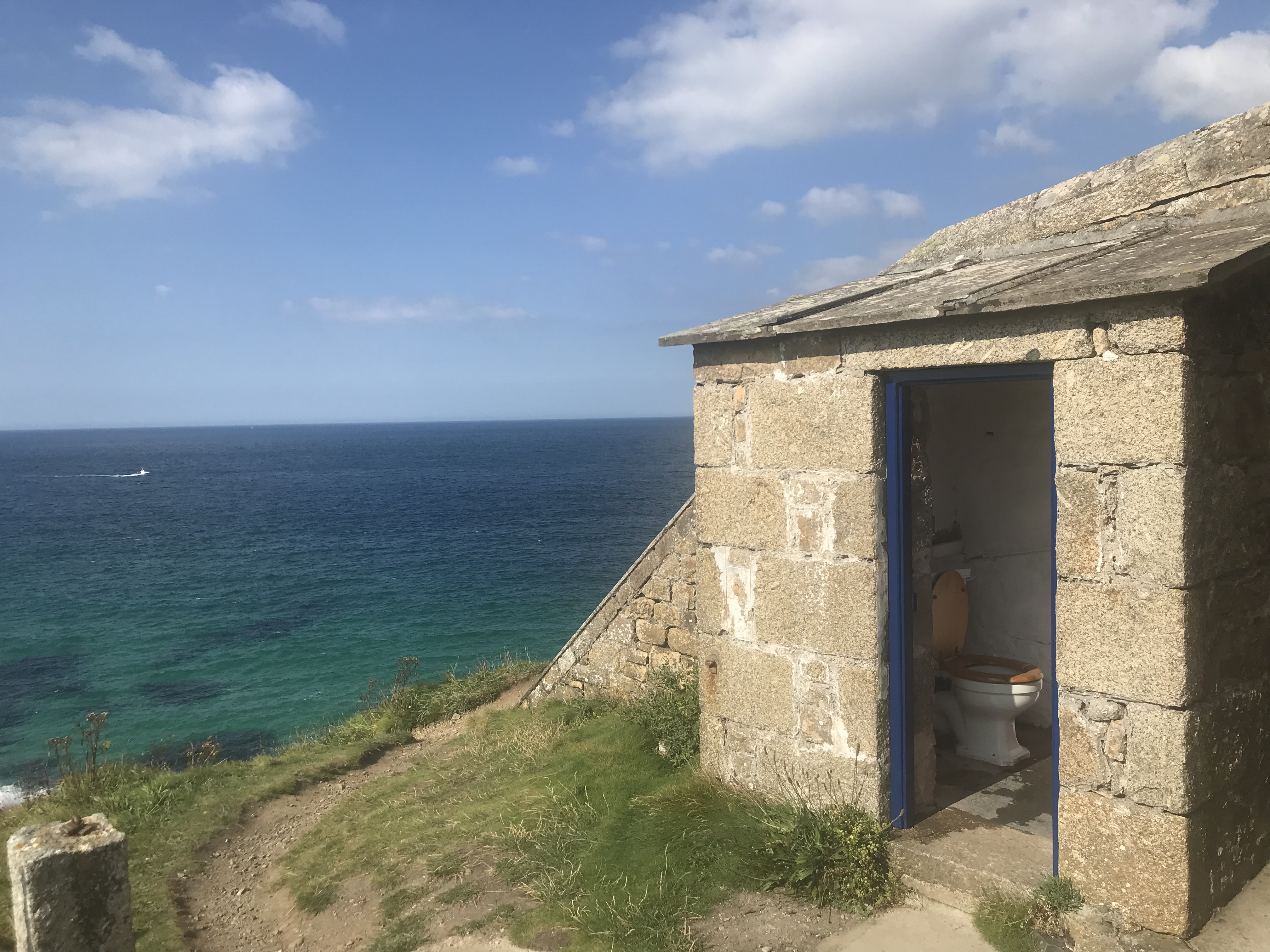At the Toilet Map, we’re saddened by the Supreme Court’s rulings around single-sex spaces, and the implications for transgender and non-binary people’s access to toilets. Our whole project is about helping people to find toilets that meet their needs, so we can all get out, meet up, explore, work, love, play, and generally live our best lives, even when we need a wee. That challenge, and people's lives, have become that bit harder, now transgender and non-binary people have been told or made to feel they have less right to access toilets than others, spaces they’ve used their whole lives.
This exclusion from toilets that align with someone’s gender was repeated by Equalities Minister Bridget Phillipson, who added:
"I know that many businesses large and small will ensure that they have appropriate provision in place, for example many businesses have moved towards unisex provision or separate cubicles that can be used by anyone."
Let’s set aside for now that the previous government introduced a new Building Regulation to inhibit the freedom to provide fully unisex provision, by requiring all new non-domestic buildings to have single-sex toilets, with gender-neutral loos an extra 'if space allows'.
Is the Minister right?
How many publicly-accessible toilets have gender-neutral provision?

The Toilet Map lists many beautiful gender-neutral toilets. We've collected this data for the last five years (toilets in general for ten).
So, the stats:
- We list 15133 publicly-accessible toilets (as of Sept 24)
- we have information on gender-neutral toilets for 18% of these (2675 toilets).
Within these 2675 loo-cations:
- 54% include a gender-neutral toilet (1447 toilets)
- 46% do not (1227 toilets).
For people relying on gender-neutral toilets, toilet provision halves. By way of comparison, babies have better options - our data shows 66% of publicly accessible toilets have a baby-changing table, 34% do not.
Our data around baby-changing is also much more complete - we have information about baby-changing for 45% of our toilets. That’s still more than half where we don’t have the info, but it’s much better than our records for gender-neutral toilets. For four out of five toilets, we just don’t know.
Why? It’s partly because we’ve been collecting baby-changing data for twice as long. It’s also because a website or map will say if baby-changing is provided, so the info can be added without visiting. Websites don’t say if there’s a gender-neutral toilet. For that, we need YOU! - people who visit toilets, know toilets, provide toilets - to add these details and keep building a toilet map that helps so many.
We try to minimise the amount of info we ask about each toilet, to make it easy to add loos and keep the map up-to-date. The info we do request focuses on the essentials - details that determine whether someone can use a facility, before they go out of their way to find it. Is there a wheelchair-accessible toilet? Will we need to pay? Is it even open at this time?
And we decided that ‘is there a gender-neutral toilet?’ is important info to know about when searching for a toilet. It is a toilet you can use with your child, so you’re not separated, worrying they might have wandered off whilst you’re still stuck in the queue. It’s a toilet where you can accompany a friend or family member to the door or handwashing area, if they need help because they’re injured, or unwell, or cannot understanding the space independently. And yes, it’s a toilet you can use without fearing being questioned, harassed or assaulted because of gender-based abuse.
But what is a gender-neutral toilet? We use this term to mean any standard toilet that can be used by anyone, regardless of gender. Unisex is another term. We could just say ‘toilet’, because when sex or gender no longer signifies who the toilet is for, that’s all it is. We don’t include the (wheelchair-)accessible toilet unless this is the only loo provided and intended for everyone, like in a coffee shop (but we ask ‘is there an accessible toilet?’ separately, which have always been gender-neutral without any problems). The gender-neutral toilet may be the only loo, it may be a whole bank of loos, it may be in addition to single-sex toilets. We don’t know - but we know that it exists. For everyone.


